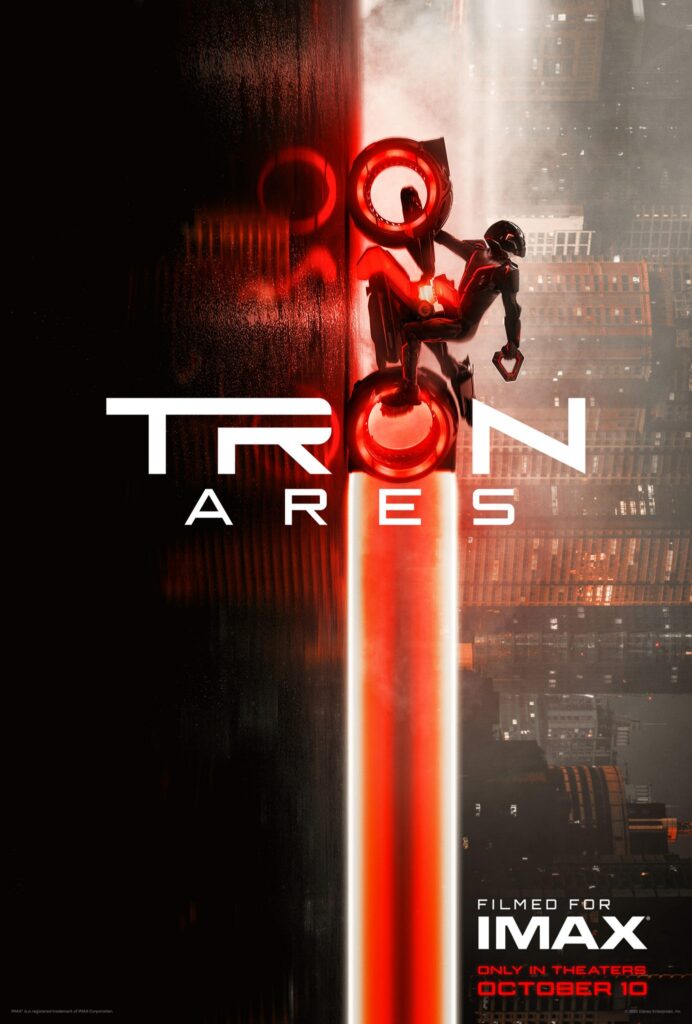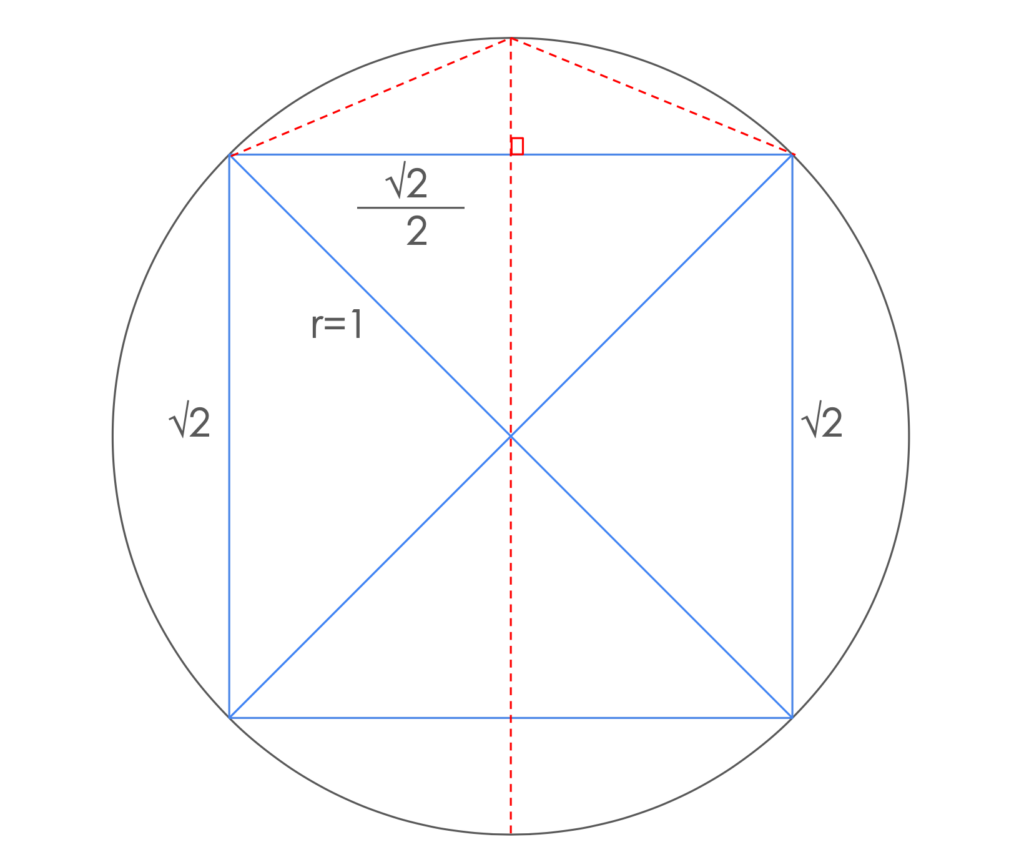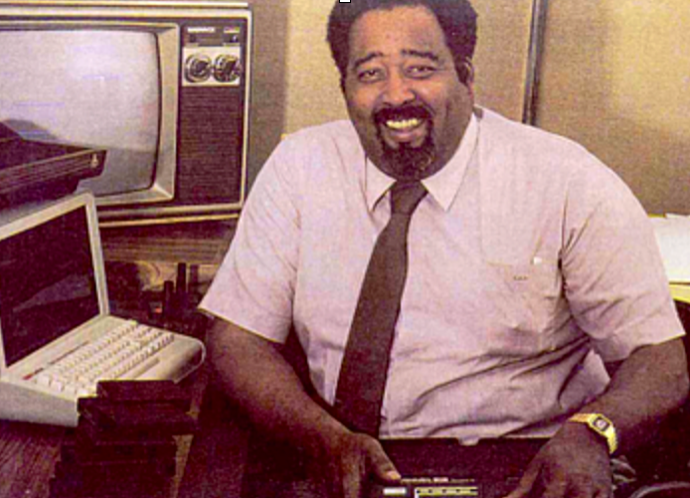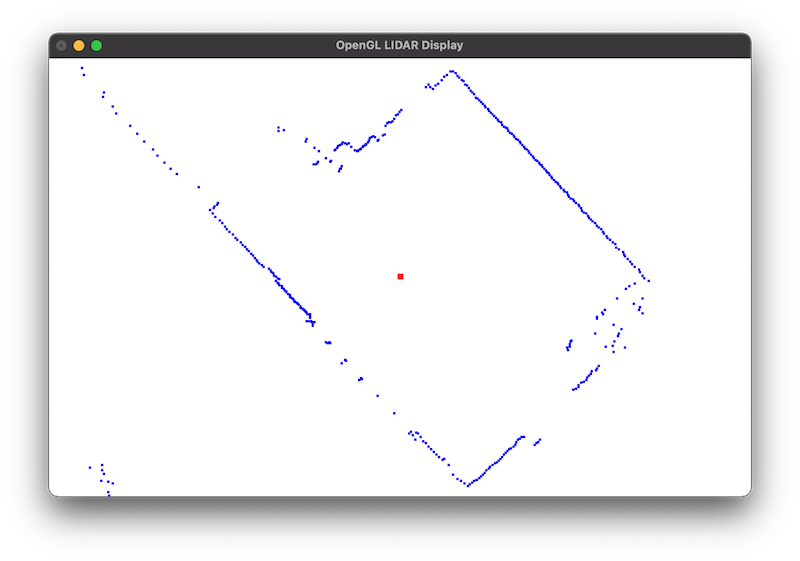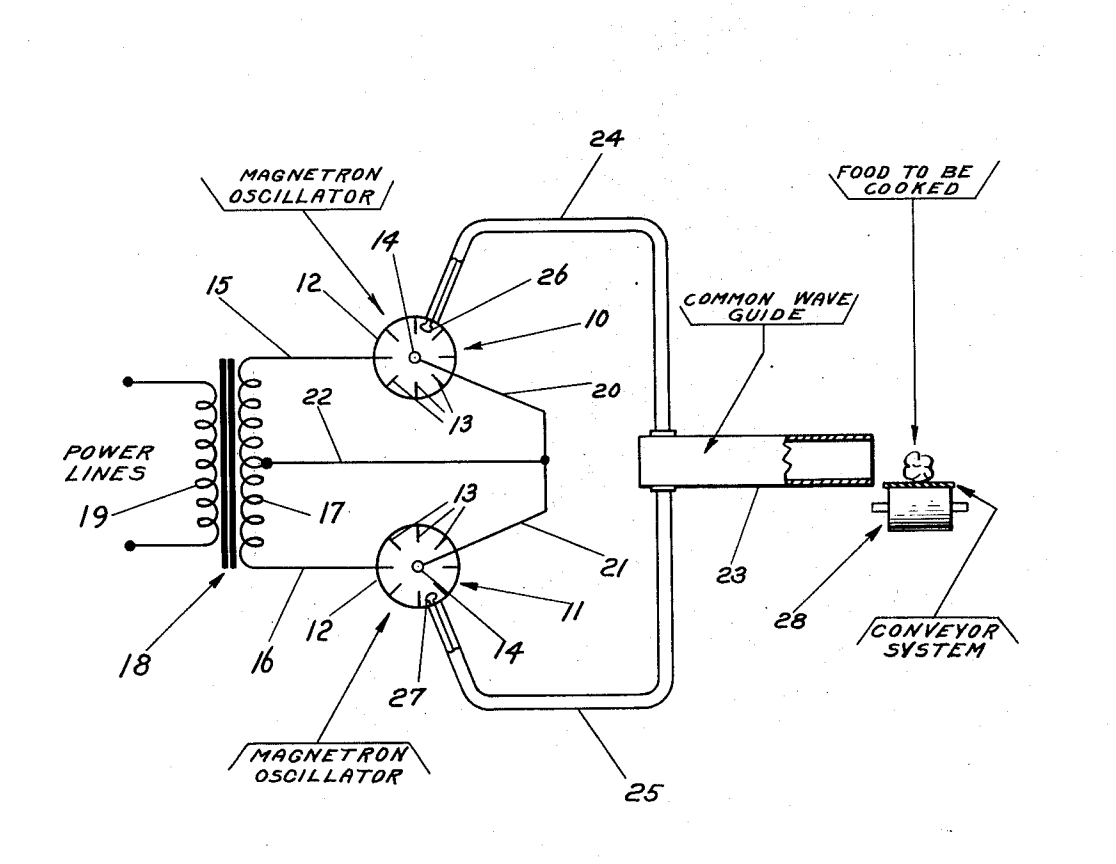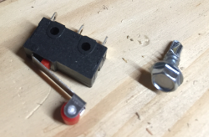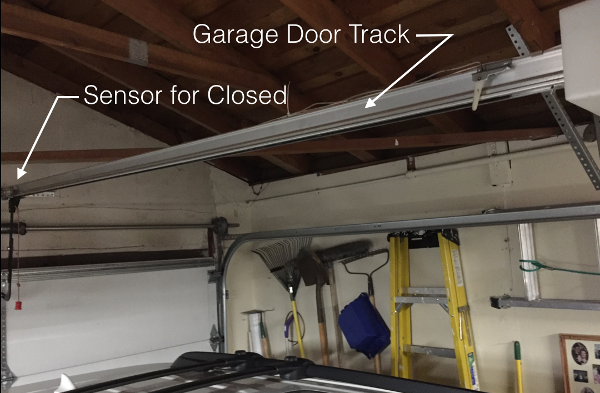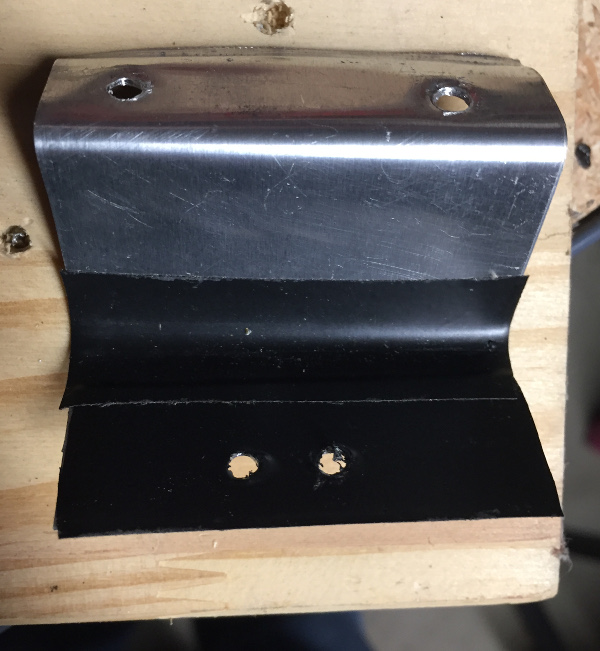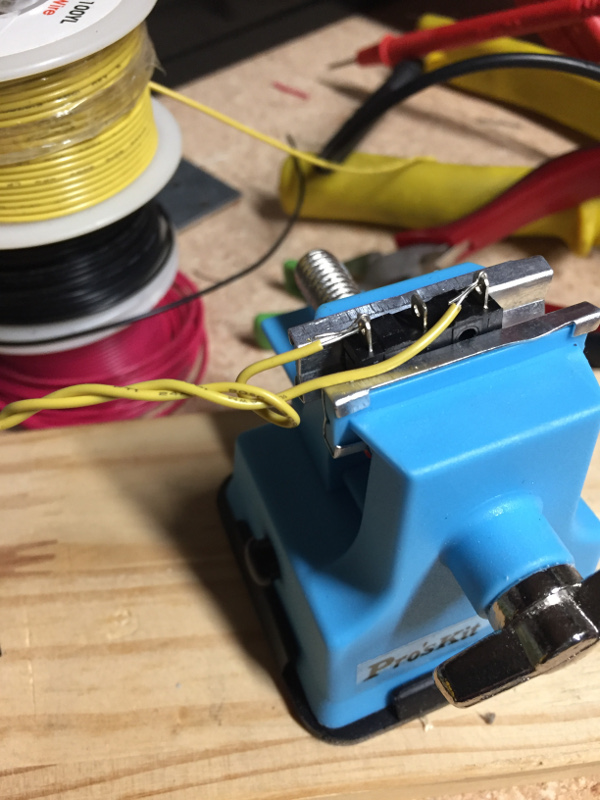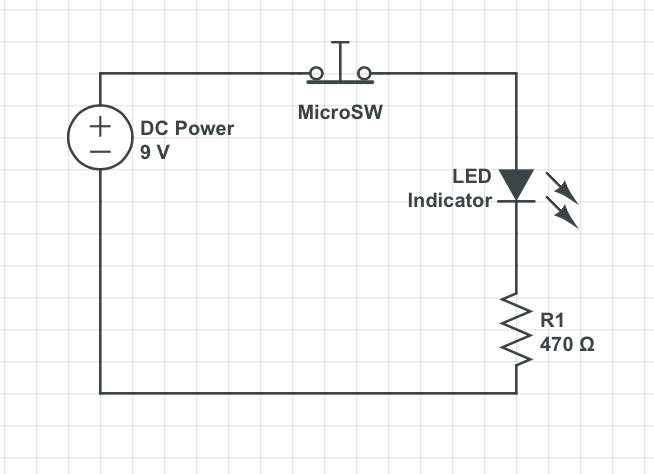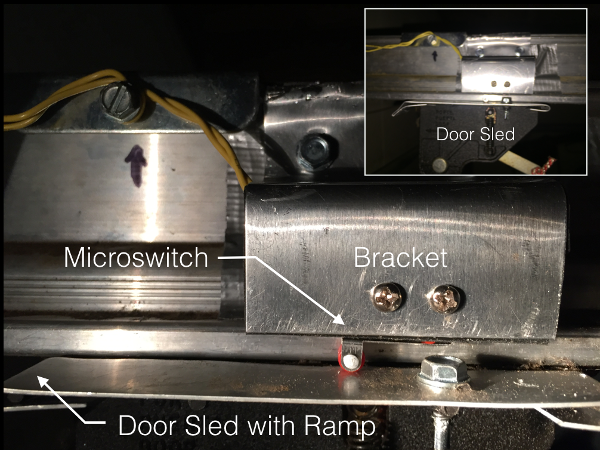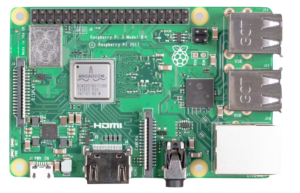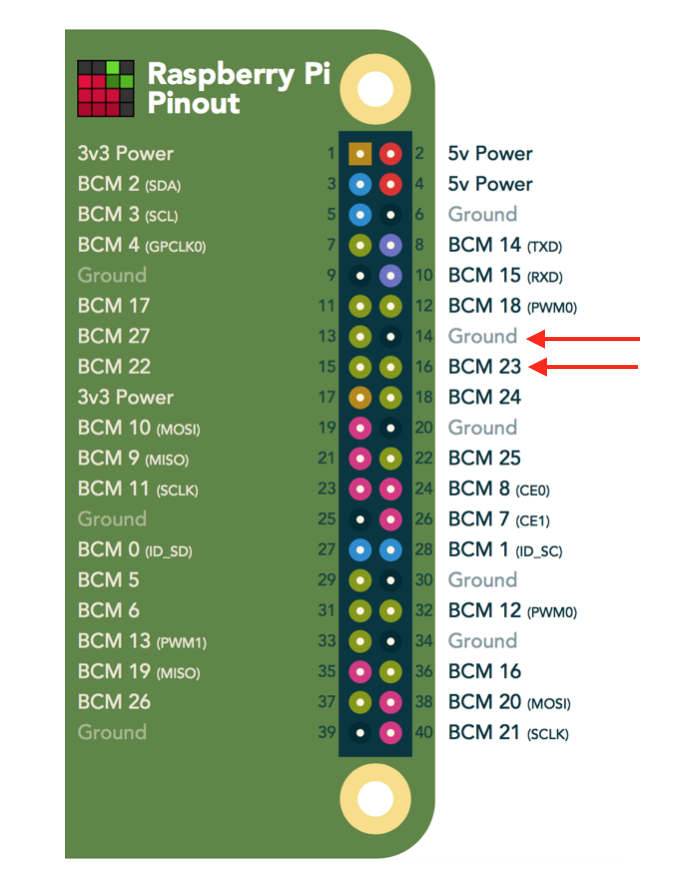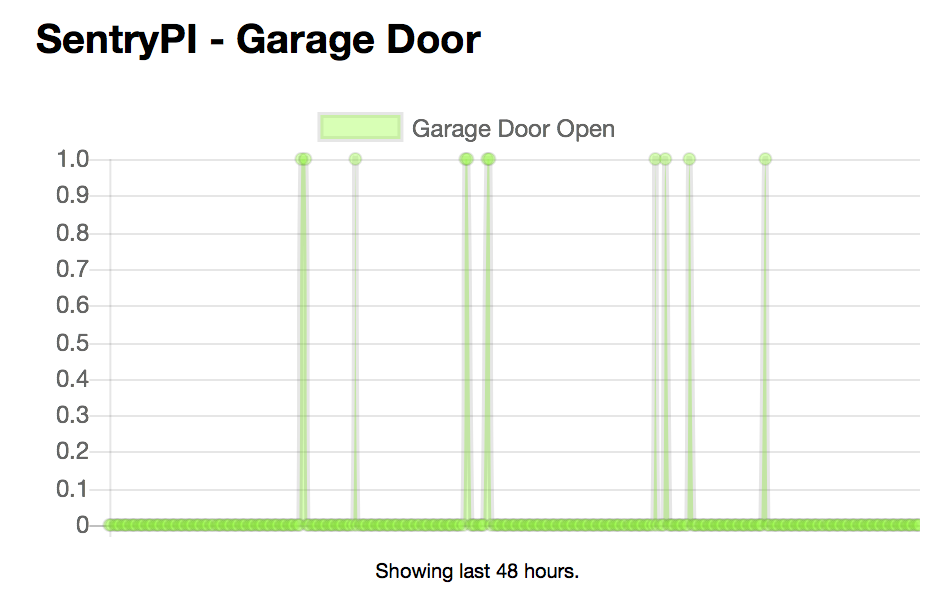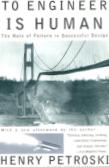Happy New Year!
I hope you all had a chance to rest and enjoy the holidays. I know I did! Of course, I also managed to cram in about two months’ worth of hobby projects during my “downtime.” Yes, there was plenty of family time, hot cocoa, and relaxing by a warm fire during our cold, wet weeks, but I still checked off a dozen projects I’d been hoping to tackle.
As some of you know, I’m passionate about solar energy (some say “obsessed,” and that’s probably fair). Every guest to our home gets the full residential solar power system tour, Powerwall batteries, and all. I also maintain an open-source project called pypowerwall and have my own Grafana dashboard for monitoring everything. Yes, I’m that person.
Last week, one of my projects was to upgrade the Python library to add caching, improve performance, and update the dashboard. I’d delayed this because the Powerwall platform recently changed, and my older system was running on a previous architecture. This meant I had to rely on community members with the new platform to help optimize the code. But as luck would have it, one of my batteries failed. Yes, lucky, right? But instead of just replacing the battery, Tesla would provide an upgrade. The open-source community is convinced it was because of my open-source contributions… though I suspect Tesla isn’t exactly thrilled that I help owners identify issues they might otherwise miss.
So, why am I telling you this? Don’t worry. I promise there’s a point…
I love to supervise the installation of new equipment (the Tesla techs might call it “hovering”). I do my best to make them feel welcome and offer holiday treats and drinks. I genuinely find the process fascinating, and I even help when I can (they let me crimp the CAT-6 cables, probably just to keep me busy and out of their hair). This install had its share of surprises. For starters, the schedule said Monday, but a giant pallet of gear showed up on Friday with no notice. Thankfully, someone was home to receive it. Without communication, we may not have been home, and it would have delayed the entire process.
Communication is often undervalued, but super important.
On install day, the technicians explained that everything but the Power Gateway would be replaced. I couldn’t wait to see how the new setup would be integrated, so I asked to see the design documents… only to learn they didn’t have them. Everything was at HQ, so the techs had to spend all day on the phone just to get the specs they needed. Many calls. Multiple clarifications. Lots of latency.
Then came the heavy lifting, literally. Each battery weighs about 291 pounds, and they needed to be mounted on the wall. Tesla had designed a powered dolly lift, but the engineers hadn’t realized most installs would require lifting higher than the dolly allowed. The solution? The techs cobbled together a wooden platform and extension “bumpers.” It was a hack, but it worked. When I asked if the engineers had ever heard about these field improvisations, the response was laughter: any fix from HQ, they said, would probably be so heavy it would need its own dolly. I have huge respect for these techs’ resourcefulness. However, what was supposed to be a two-hour job took five.
Watching all this, I was struck by two big lessons:
- Information Silos: Why are essential documents only at HQ, instead of with those who need them in the field? If information flowed freely to the “edge,” all those phone calls would be unnecessary, and the team could solve problems faster and with more confidence.
- Contextual Disconnect: When architects and engineers operate in an “ivory tower,” their solutions often lack real-world relevance. The techs in the field know exactly what’s needed, but without context or dialogue, HQ can miss the mark, creating more work and frustration.
This isn’t unique to Tesla or Powerwalls. We see versions of this everywhere, in every company. It was a fresh reminder that, as engineers, service providers and partners, we need to embed ourselves with the teams we support. When we’re present, rolling up our sleeves and getting our hands dirty together, we understand pain points, build trust, and solve real problems. Proximity breeds empathy. Empathy builds trust. Trust accelerates velocity. If we want to move fast, we go to the edge. We seek to understand. And we help. Actually help.
2026 is a blank canvas, and I’m genuinely excited for what’s ahead. Will there be unexpected twists? Absolutely. But I’m confident that by partnering deeply across our business, product, and engineering teams, we’ll solve important problems and create real outcomes for organizations.
Have a Powerful 2026!



